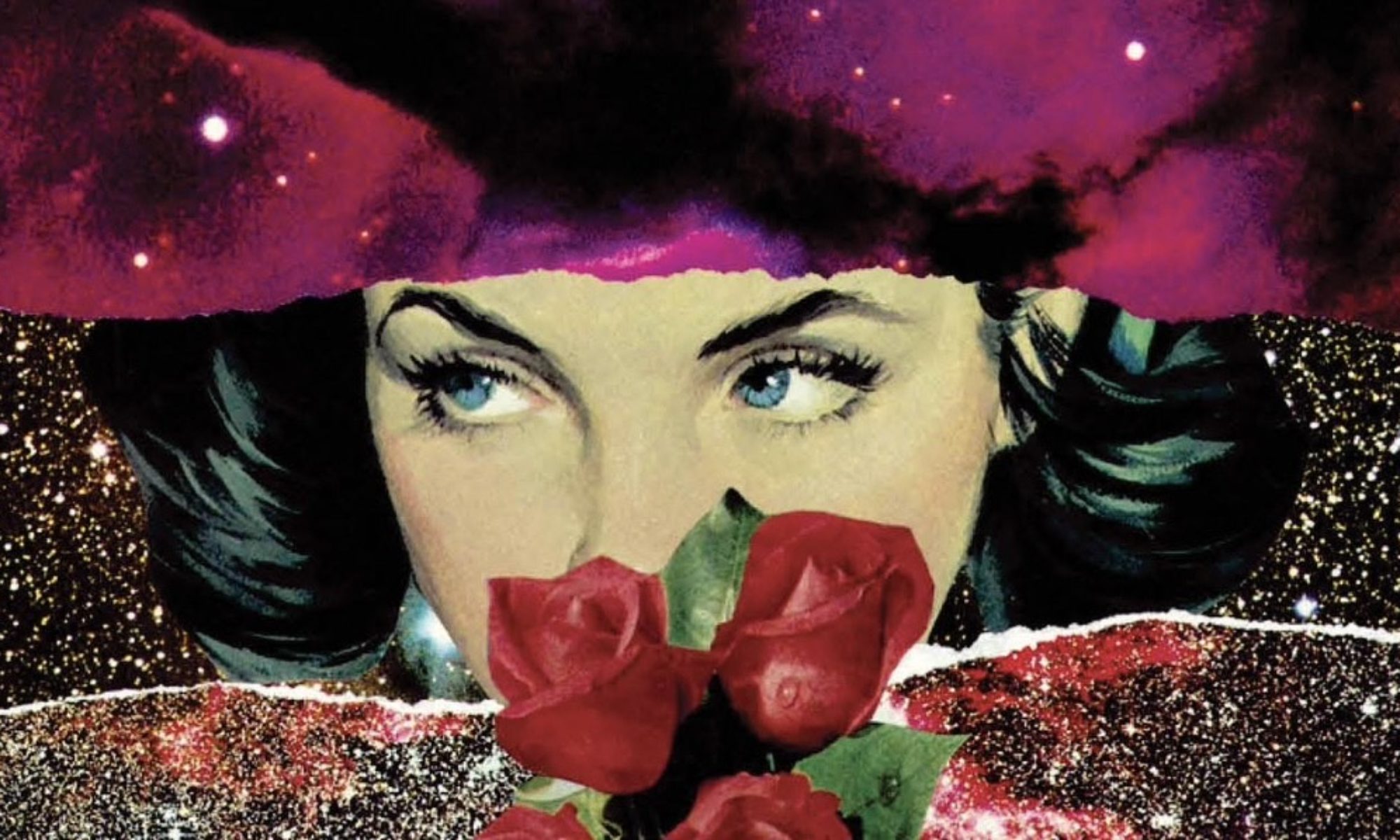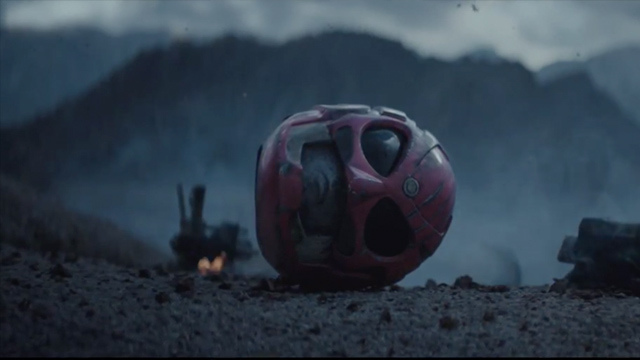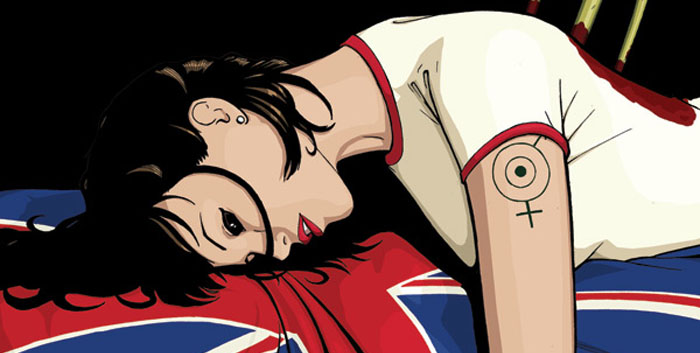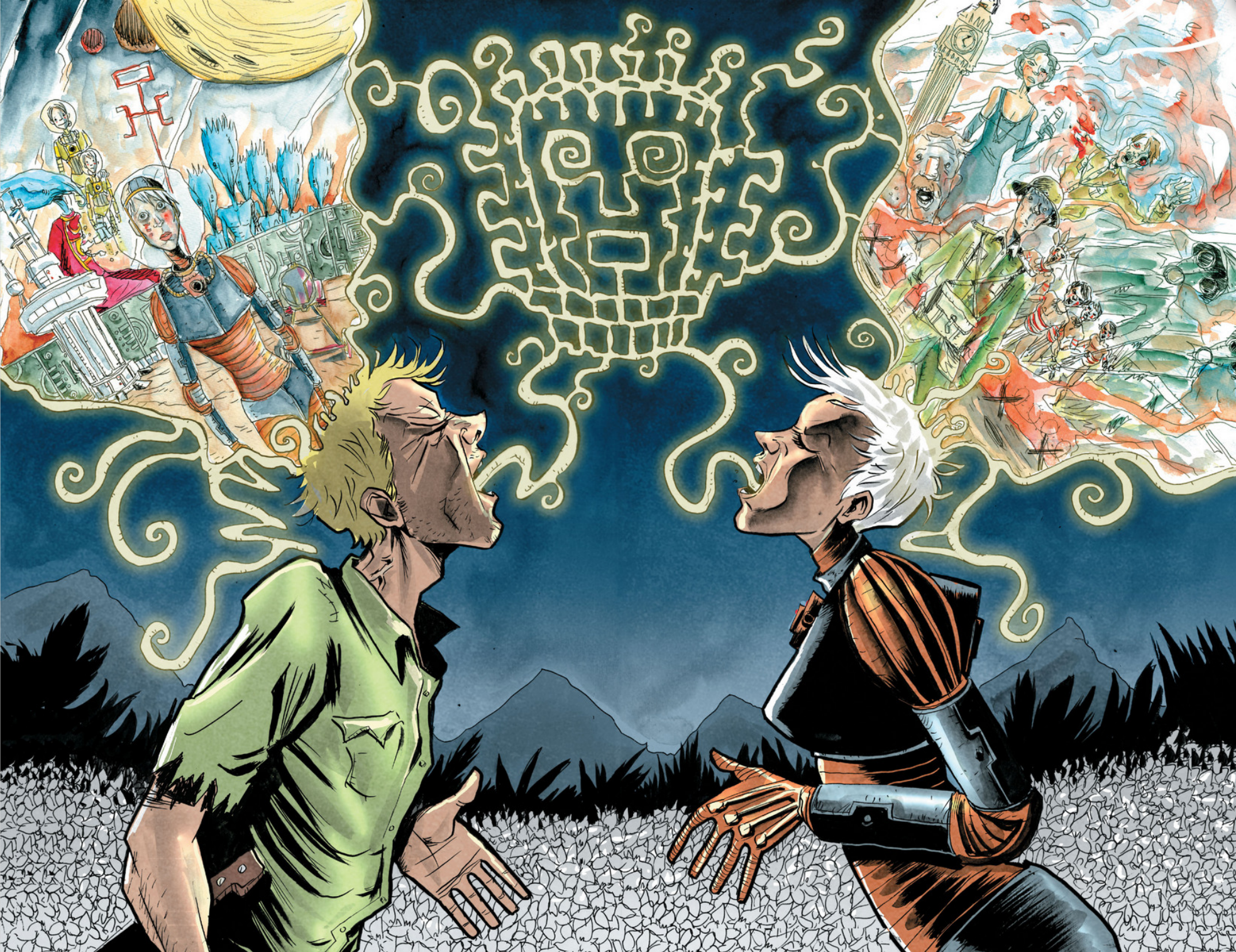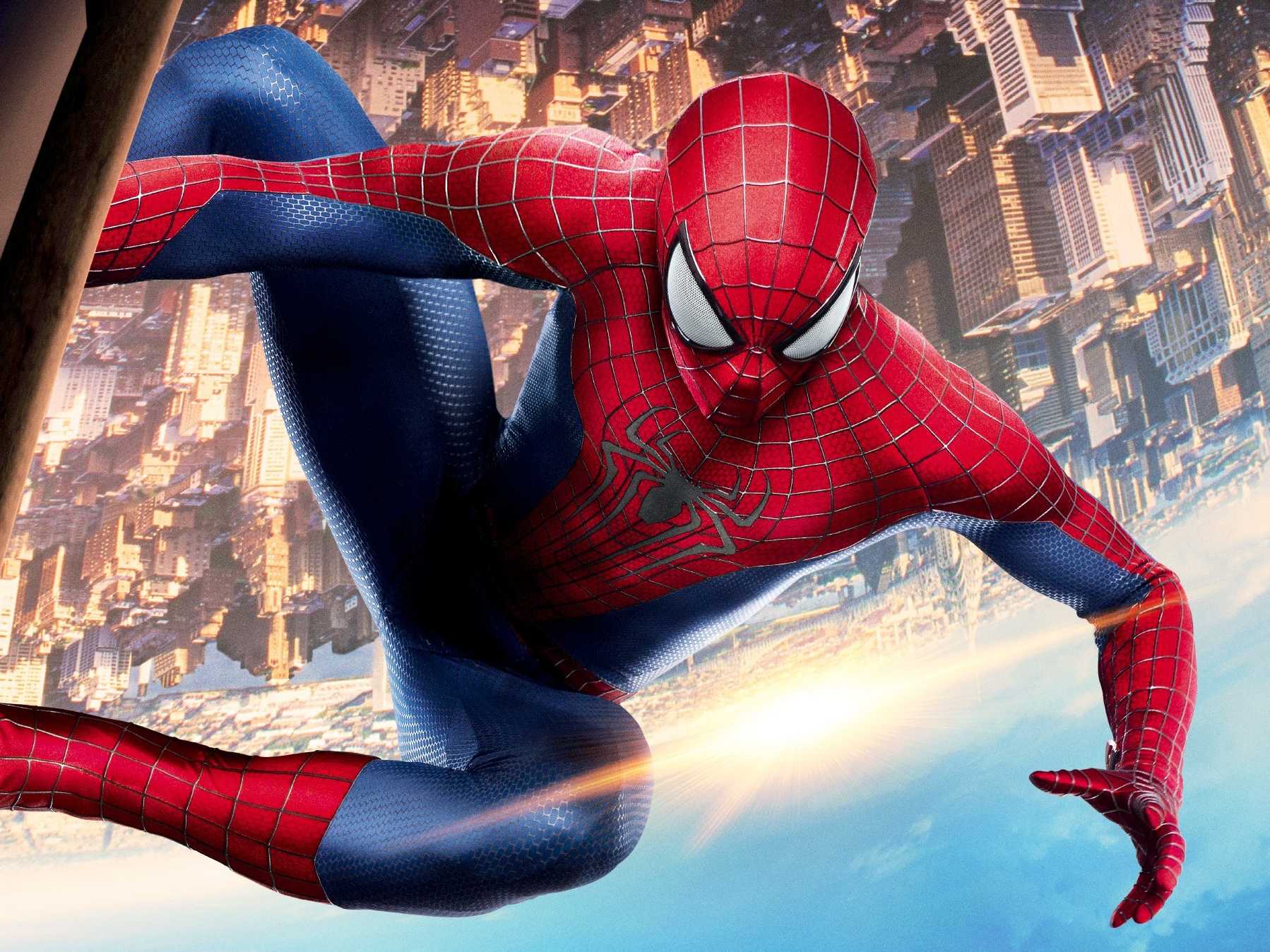You should keep in mind that I’m not presumptuous enough to suggest these picks are the best records of 2014. They simply happen to be my favorites of the 114 LPs, EPs, and singles I listened to last year. I don’t claim to be a music critic, nor do I pretend to know how to analyze music properly.
Fact is, I like what I like. So what?
Okay, here we go:
Nick’s Top Ten Favorite LPs of 2014
10. Cayetana – “Nervous Like Me”
Despite the fact they’re from Philadelphia, this band—in all their lo-fi glory—put out a wonderful record. The best of punk and indie blended into cohesive, focused, and self-conscious (literally and figuratively) tunes fit for fans of either genre.
Favorite Tune: “Busy Brain”
9. Manchester Orchestra – “Cope”
There seems to be a bit of a 90s alt-rock resurgence. I won’t lie. I’m not mad. Manchester Orchestra got crunchier, turned their amps all the way up, and didn’t look back until this thing was finished. Heavy, melodic, sad. This is quite a throwback, but it’s brand new to me.
Favorite Tune: “Every Stone”
8. Restorations – “LP3”
Philly band. Again. Sorry. Anyway, this is how punks can age and do so gracefully. Restorations’ guts are punk, and that shows in the heart of their music. They achieve a sort of complex simplicity that sounds rock n’ roll, but demands an aging punk’s attention. Actually, it demands everyone’s attention. See that? That’s punk.
Favorite Tune: “Separate Songs”
7. Chris Letchford – “Lightbox”
Experimental, challenging as hell, but well worth the work it takes to understand it. It’s part easy listening, part mind-bending jazz. And I’m not a jazz guy. I was a fan of Letchford’s work in progressive metal act, Scale the Summit, and was intrigued when I heard of his solo work. Well worth the time and patience. If, of course, you have time and patience.
Favorite Tune: “The Star Boys”
6. The Menzingers – “Rented World”
They’re not technically from Philly, you guys. They began in Scranton and moved to Philly. Sue me. What’s great about this record is the Menzingers could have produced a less effective rehash of their outrageous-good “On the Impossible Past,” but they stepped away and made something worthy to follow it up. This thing rips. Sad, sarcastic, a little shitty-drunk, it screams 90s, and punk. Okay, and Philly.
Favorite Tune: “In Remission”
5. Dinosaur Pile-Up – ‘Nature Nurture”
Taking their name from Peter Jackson’s King Kong (if you’ve seen it, you know), this UK outfit uses grunge as a protein, metal as a spice, and wraps it all up in a pop-rock casing. Sometimes pretty, sometimes catchy, sometimes brutally heavy, this record was a surprise to me as I trolled the front page of iTunes’ recent releases. My lordy am I happy their name is as fantastic as their music is delicious.
Favorite Tune: “Peninsula”
4. Comeback Kid – “Die Knowing”
This may be my most questionable pick. Comeback Kid breeds polarization. Which is a shame, I’ve always been a fan. Truthfully enough, however, their previous two releases left me wanting. This, though? It borrows from just about every variation of hardcore to make something new. And wild. And violent. And really, really great. Sure, it’s a tick overproduced. But CBK’s finesse in navigating the genre speaks for itself. And Scott Wade does guest vocals!
Favorite Tune: “Full Swing”
3. The Bamboos – “Fever in the Road”
This Melbourne-based, nine-piece beast needs a new term to describe their tunes: Nu-Funking-Soul. This record blows me away every time I listen to it. It’s modern soul without being a niche joke. Funk without the gimmicks. It’s real, guys. Sincerity goes a long way when reimagining a classic sound. And the Bamboos do it with style and class.
Favorite Tune: “Helpless Blues”
2. Lagwagon – “Hang”
Lagwagon hadn’t put out an LP since 2005. Admittedly, I was worried. I was worried that I’d grown out of their SoCal sound. I was worried they were clinging to something they no longer embodied. I had concerns. However, Joey Cape and company reinvented themselves. No by changing what they are, but by changing their approach to the material. The music is familiar, but wildly different. The lyrics are thematically focused, but lack the pretention of a concept album. This thing is heavy, riffy, fast, and 100% Lagwagon. But it comes from a band that knows what they were, and what they want to be, and they did it without dissolving that which makes them, them. Their unflinching loyalty to punk rock. I had concerns. Now I don’t.
Favorite Tune: “Obsolete Absolute”
1. The Lawrence Arms – “Metropole”
Sadness, aging, personal demons, and crushing regret. All present in the Lawrence Arms’ newest effort. Sounds pretty rough, does it? Because it is. But it the most wonderful ways! Brendan, Chris, and Neil never seem satisfied with writing a bunch of songs, slapping them onto a disc and calling the end product an album. While these hard-drinking Chicago-based sad-sack punks are in the process of writing an album, they seem to pore over what exactly turns a collection of songs into a full body of work. They revisit lyrical content, chord progressions, riffs. Each song is magnificent on its own, but as a whole? They all writhe and twist and slop together to show us sadness, and regret, and woulda-coulda-shouldas, while sprinkling in an odd sense of hope.
This is a wonderful record.
And we’re all a bit sadder for having listened to it.
Just kidding.
Not really…
Favorite Tune: “Paradise Shitty”
Nick’s Top Five Favorite EPs or Singles of 2014
5. Saves the Day – “Tide of Our Times/Everlasting Everything”
Saves the Day’s 2013 self-titled album was fantastic. This is merely one of those tunes along with an extra from those recording sessions. And I’m not mad. Knowing how frequently Saves the Day alters their style, who knows when they’ll sound like this again? Cling to it! A great addition to the 7” collection, and a nice treat for fans of their work.
4. Bad Cop/Bad Cop – “Boss Lady”
All-lady pop punk with fast beats and three-part harmonies. I know there’s a lot of punk rock on this list, but Bad Cop/Bad Cop is a no-brainer for anyone hankering for some fast tunes that offer perspectives that differ significantly from the mostly male dominated genre.
3. Diamond Youth – “Shake”
It’s heavy. It’s moody. It’s surf-rocky. And it’s an EP that was a bit overlooked because of how early in the year it was released. Say, you like the first Foo Fighters record? Diamond Youth’s got them breakdowns. Hey, you dig the falsetto vocal stylings of Muse? Diamond Youth’s all over it. Bro, you like surfing? I’m pretty sure Diamond Youth is down with that, too. Pure radness here.
2. Cayetana – “Hot Dads Calendar”
What? A repeat? Yes. Indeed. My introduction to Cayetana was due to this release. Only two songs and I was smitten. They hooked me with two damn songs, you guys! Want a Cayetana primer? Boom. Here you go.
1. The Weaks – “The World is a Terrible Place, and I Hate Myself and Want to Die”
What makes a good EP? A consistent flow, a showcase of what a band is capable of, and some damn fine songs to boot. The Weaks accomplish all of that and more. Snarky and 90s-heavy, these tunes lure you in, shake you about, then spit you out wishing to be shaken about again.
It’s another coincidence, I guess. They’re from Philly, too.
How about that?
Nick’s Honorable Mentions of 2014
Against Me! – “Transgender Dysphoria Blues”
It didn’t make the Top Ten. But this record is great. Yes, it rocks and rolls, and does all the things a great rock album should do. That’s true. What Against Me! offers here is perspective. And an important one at that. I’d rather let Laura Jane Grace (formerly Tom Gabel) speak for herself than write some meager words that won’t pale in comparison. Pick this up. Immediately.
Manchester Orchestra – “Hope”
Their album “Cope” is in the Top Ten. But what of this? “Hope” is the stripped-down reimagining of “Cope” in its entirety. Full of acoustic guitars and string arrangements, it’s the softer side of a crushingly good album. A real treat.
Various Artists – “Guardians of the Galaxy: Awesome Mix, Vol. 1”
Writer/director James Gunn wrote these songs into the very first draft of the Guardians of the Galaxy script. Without these jams it’s tough to say if the reception of the film would have been the same.
I’m going for it here: This is truly an awesome mix.
See what I did there?
Nick’s 2014 “This Year in Nostalgia” Award
Finch – “Back to Oblivion”
I was obsessed with Finch in the early 2000’s. Their lyrics were corny, their music was derivative, but they spoke to the 15 year-old me. When they shifted to a more challenging sound, I was right there with them. Their lyrics went from corny to unintelligible, their music took on a life of its own.
Then their fans wigged out and the band broke up.
Now, nine years after their last LP, Finch came back to give it another go. And it’s pretty good, too! Probably a bit irrelevant, sure. But I for one am glad they’re back.
Makes me feel fifteen again.
Nick’s 2014 “Unbridled Enthusiasm” Award
DragonForce – “Maximum Overload”
The album’s ridiculous. It’s musically over the top. It’s lyrically absurd…
But let’s face it, DragonForce is awesome. They’re every video game you’ve ever played. Every Lord of the Rings battle scene you’ve wanted to remix. They shred.
They put the same record out every three years, sure.
Good. Let ‘em.
Nick’s 2014 “Challenge Accepted” Award
Animals As Leaders – “Joy of Motion”
If you like to have your brain wrung out while listening to music, this is for you. Experimental Metal/Jazz fusion. If you can make it through, you’re better off for it. If you can’t, no one will blame you. Outstanding stuff.
Nick’s Year in Music – 2014
(The following is a list of all the LPs, EPs, and singles I listened to in 2014. Lots of great stuff. Some shit, too. Choose wisely.)
The Lawrence Arms – “Metropole”
Against Me! – “Transgender Dysphoria Blues”
Mogwai – “Rave Tapes”
Periphery – “Clear”
The Lawrence Arms – “News from Yalta”
Diamond Youth – “Shake”
Cayetana – “Hot Dad Calendar”
The Weaks – “The World is a Terrible Place, and I Hate Myself and Want to Die”
The Moms – “Blow Me”
The Shell Corporation – “Mandrake”
Rust Belt Lights – “Religion & My Ex”
St. Vincent – S/T
Twin Forks – S/T
Beck – “Morning Phase”
Kid Cudi – “Satellite Flight: The Journey to Mother Moon”
The Mighty Fine – “Brothers & Smugglers”
Comeback Kid – “Die Knowing”
Nothing – “Guilty of Everything”
Banner Pilot – “Souvenir”
Bad Cop/Bad Cop – “Boss Lady”
Dinosaur Pile-Up – “Nature Nurture”
Marc7 – “Food, Clothing, and Shelter”
Barely Alive – “Lost in the Internet”
Lung Season – “2014”
Tycho – “Awake”
Iron Savior – “Rise of the Hero”
Persuader – “The Fiction Maze”
Somos – “Temple of Plenty”
Dugout – “Where There Used to Be Meaning”
Oh Honey – “With Love”
Augustines – S/T
Blood Red Shoes – S/T
311 – “Stereolithic
Future Islands – “Singles”
Tides of Man – “Young and Courageous”
London Grammar – “If You Wait”
Grieves – “Winter & the Wolf”
Gamma Ray – “Empire of the Dead”
Taking Back Sunday – “Happiness Is”
Animals As Leaders – “Joy of Motion”
Finch – “What It is to Burn X”
Karmin – “Pulses”
The Bamboos – “Fever in the Road”
Jason Cruz and Howl – “Good Man’s Ruin”
Antarctigo Vespucci – “Soulmate Stuff”
Galantis – “EP”
Johnny Cash – “Out Among the Stars”
Betty Who – “Slow Dancing”
Scavenger Hunt – S/T
Manchester Orchestra – “Cope”
Modern Baseball – “You’re Gonna Miss it All”
SinBreed – “Shadows”
For the Fallen Dreams – “Heavy Hearts”
Ingrid Michaelson – “Lights Out”
Brendan Kelly/Sam Russo – “Split the Tip”
Fucked Up – “Year of the Dragon”
Sonata Arctica – “Pariah’s Child”
Xandria – “Sacrificium”
Fireworks – “Oh, Common Life”
Mad Caddies – “Dirty Rice”
Conor Oberst – “Upside Down Mountain”
Atmosphere – “Southsiders”
Chuck Ragan – “’Til Midnight”
Eels – “The Cautionary Tales of Mark Oliver Everett”
Diamond Youth – “UK OK”
Cayetana – “Nervous Like Me”
Matisyahu – “AKEDA”
Tigers Jaw – “Charmer”
Coldplay – “Ghost Stories”
Bob Mould – “Beauty & Ruin”
Bury Tomorrow – “Runes”
Chris Letchford – “Light Box”
Arch Enemy – “War Eternal”
White Lung – “Deep Fantasy”
Mastodon – “Once More ‘Round the Sun”
Fucked Up – “Glass Boys”
Every Time I Die – “From Parts Unknown”
Judas Priest – “Redeemer of Souls”
Manic Street Preachers – “Futurology”
Broods – S/T
Four Year Strong – “Go Down in History”
Rx Bandits – “Gemini, Her Majesty”
La Sera – “Hour of the Dawn”
Joyce Manor – “Never Hungover Again”
Porter Robinson – “Worlds”
Zomboy – “The Outbreak”
Various Artists – “Guardians of the Galaxy: Awesome Mix, Vol. 1”
Within the Ruins – “Phenomena”
DragonForce – “Maximum Overload”
The Gaslight Anthem – “Get Hurt”
Leisure Cruise – S/T
The Moms – “Buy American”
Whirr – “Sway”
Finch – “Back to Oblivion”
The Preatures – “Blue Planet Eyes”
New Found Glory – “Resurrection”
Foo Fighters – “Sonic Highways”
Gerard Way – “Hesitant Alien”
Lights – “Little Machines”
Saves the Day – “The Tide of Our Times/Everlasting Everything”
Broods – “Evergreen”
Lagwagon – “Hang”
Manchester Orchestra – “Hope”
Restorations – “LP3”
The Drums – “Encyclopedia”
Capsize – “The Angst in My Veins”
DOROTHY – S/T
Unearth – “Watchers of Rule”
Antarctigo Vespucci – “I’m So Tethered”
Cloud Nothings – “Here and Nowhere Else”
Knife Party – “Abandon Ship”
Angels & Airwaves – “The Dream Walker”
Death from Above 1979 – “The Physical World”
TV on the Radio – “Seeds”
Common – “Nobody Smiling”
